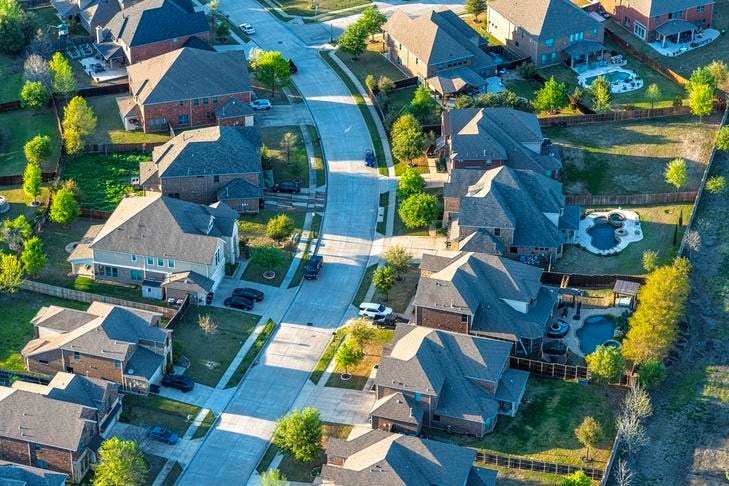Texas, a state known for its booming population and unique real estate landscape, has experienced significant growth in home values over the past few decades, particularly in certain affluent areas. An analysis of Zillow’s Home Value Index, focusing on median home values from December 2023 to November 2024, reveals a concentration of Texas’s most expensive ZIP codes within a few key metropolitan areas, primarily Dallas and Austin. The data showcases not only the current high values but also the substantial appreciation these areas have witnessed over the past five years, influenced by factors such as low interest rates and a post-pandemic economic rebound that fueled a surge in homebuying.
Leading the pack is ZIP code 75205, encompassing the affluent Dallas suburb of Highland Park. Its proximity to downtown Dallas, the prestigious Dallas Country Club, and a high concentration of households earning over $200,000 annually contribute to its top ranking. The median home value in this area reached an impressive $1.922 million in November 2024, representing a remarkable 72.4% increase over five years. This substantial growth exemplifies the robust demand and desirability of properties in this exclusive enclave.
Following closely behind is ZIP code 75225, situated in the neighboring University Park. Sharing similar characteristics with Highland Park, including high household incomes and proximity to Dallas, this ZIP code also experienced significant home value appreciation. Reaching over $1.86 million by November 2024, it saw a comparable five-year growth of 72.6%. The proximity and shared characteristics of these two ZIP codes underscore the concentration of wealth and demand within this specific region of Dallas.
Shifting to the state capital, Austin’s ZIP code 78746 secures the third position. Encompassing several desirable suburbs northwest of downtown, this area boasts high household incomes, although slightly lower than the top two. Despite a slight dip from the previous year, the median home value still reached over $1.636 million in November 2024, reflecting a substantial 68.1% increase over five years. This sustained growth, even with a minor recent decline, highlights the ongoing appeal of Austin’s desirable neighborhoods.
Houston’s ZIP code 77005, home to West University Place and Rice University, holds the fourth spot. While previously surpassing the top three in value five years prior, its growth rate, while still considerable at 32.8%, was outpaced by the others. Reaching $1.545 million in November 2024, this ZIP code features even higher household incomes than the previous entries, demonstrating the strong economic foundation of this area. Although experiencing slower growth compared to the others, its high current value underscores the sustained desirability of this Houston neighborhood.
Rounding out the top five is Austin’s ZIP code 78703, located west of the city’s urban center. This area, encompassing neighborhoods like Tarrytown and Old West Austin, experienced a 44.2% increase in median home value over five years, reaching just over $1.3 million in November 2024. While its household incomes are relatively lower compared to the other top ZIP codes, the significant appreciation in home values indicates a growing demand and desirability for properties in this Austin locale.
These top five most expensive ZIP codes in Texas represent a microcosm of the state’s evolving real estate landscape. Driven by various factors, including location, amenities, and strong economic fundamentals, these areas have witnessed substantial growth in home values. The concentration of wealth within these select metropolitan areas, particularly Dallas and Austin, has propelled these ZIP codes to the top of the list, reflecting the ongoing appeal and desirability of these exclusive enclaves. While each area possesses unique characteristics, they all share a common thread of sustained growth and high demand, contributing to their status as the most expensive ZIP codes in Texas. The data reveals a dynamic market shaped by both local and broader economic trends, further solidifying Texas’s position as a prominent player in the national real estate arena.

